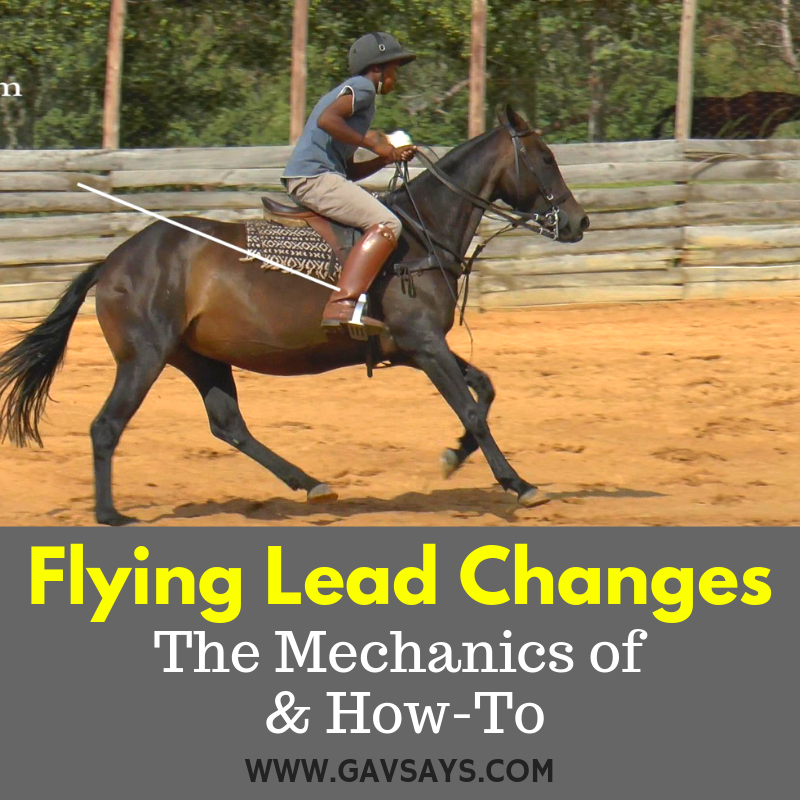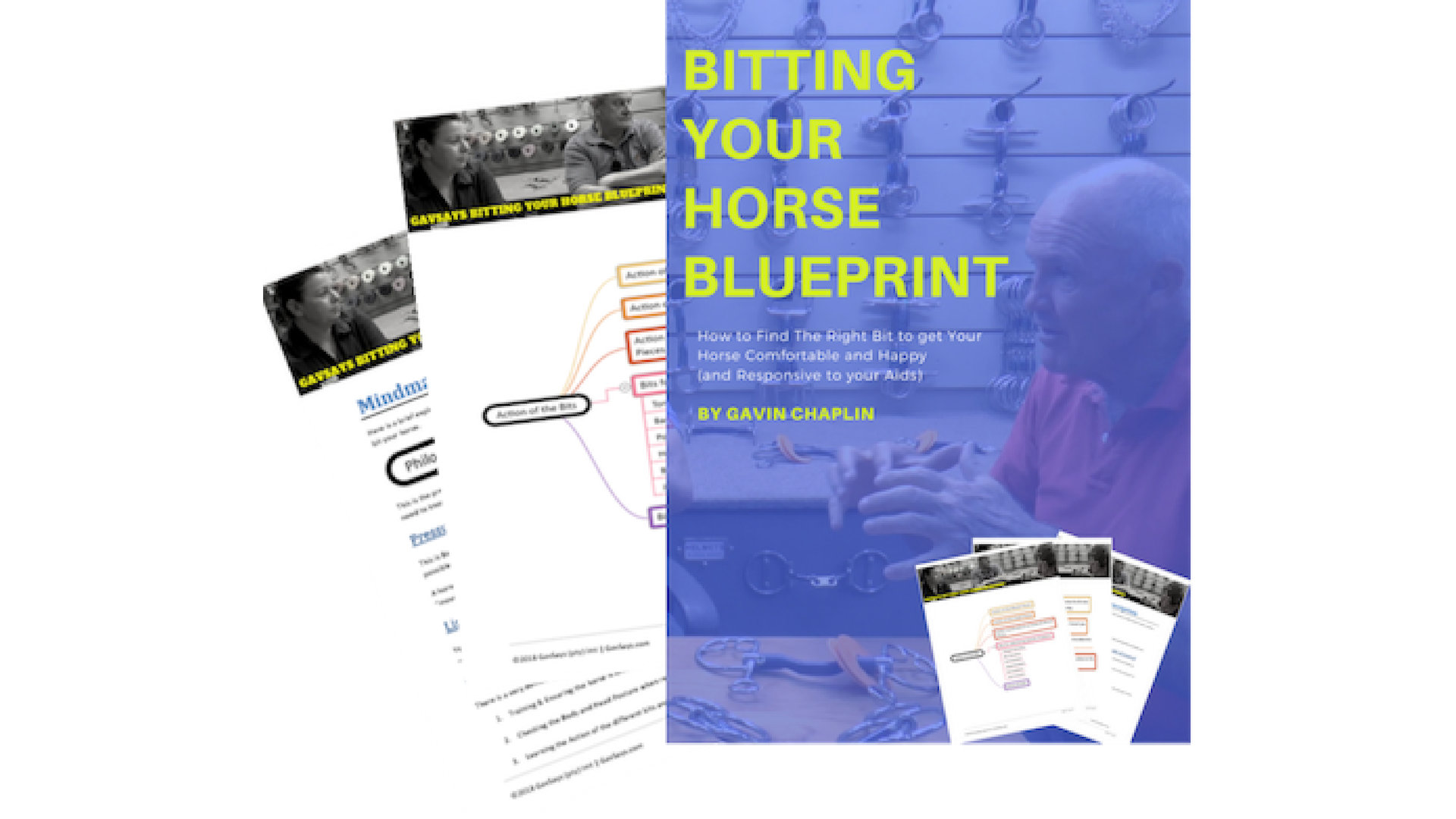Flying Lead Changes:
The Mechanics of & How-To
What are Flying Lead Changes? And how do you do them properly? I get these questions all the time... And that's what I'm about to answer for you!
Come on guys - Get this basic technique right! If you don't, you are only half effective and your horse is uncomfortable!
In this lesson I'll show you the mechanics of a lead change, and how you can do it properly! No more excuses... Get this right.
If you have any questions or thoughts on the subject? Please leave a comment below...
The Mechanics of a Flying Lead Change...
Transcript
Gavin: Before we talk about lead changes, let's first be sure we understand what the lead is.
For example: if a horse is turning to the right-hand side, then the right foreleg will extend beyond the left foreleg, and the right hind leg will also extend beyond the left hind leg.
This makes it easy for the horse to turn to the right. Therefore it stands to reason that if we want to change direction and turned left, then the horse must be taught to change both front and hind legs, so that the left fore is now extending beyond the right fore, and the left hind extending beyond the right hind. That is what we refer to as a lead change.
(00:50) Two other important points to be aware of when asking a horse to change leads: firstly the horse has an up-and-down motion with its front legs as it reaches forward to take the next stride. While the front legs are reaching, so is the back leg on the side it is leading on, and the horse is thus propelling only with the outside hind leg. You will have heard me bang on about this in the lessons about roll backs and how one has to teach a horse to propel itself with the outside hind leg.
Secondly, because of this motion it is important that one times when to give the horse the command to change leads. It has to be timed to where the horse is raising his front legs, so that it is able to make the change.
You will notice also, that if you get that timing right then the hind legs are also at a point where the opposite hind leg is on the ground, enabling the horse now to propel itself with that leg, and reach forward with the other hind leg.
One can see that the lead change is thus an active cue from the rider, and not just a flop of the hand and body to the other side. By active cue, I mean one is going to lift the horse with a light touch on the reins as its front legs leave the ground.
And then urge the horse forward into the next stride with only a slight deviation in direction, say 10 to 15 degrees. Not a 90-degree turn. To urge the horse forward one uses a touch of the leg on the opposite side on the horses flank.
By urging the horse forward at the appropriate time one makes it propel with a hind leg, that is on the ground, and it will thus automatically reach forward with the opposite hind leg to take the next ride, and will thus make the back lead change as well.
If one uses no legs in the lead change and just flops the hand to the other side, at a 90 degree angle, then the horse will only change the front lead, as it is not being asked to propel itself forward using the appropriate hind leg.
(03:05) A lead change at normal speed so that you can see all of that happening in real-time. Let's take a look at a flop type lead change with no legs, and there you can see the horse has not changed behind.
Let's take a look at where the rider went wrong in this lead change: One can see that at this point the horse has both its left hind and left front legs on the ground, so that it's next motion will be to propel itself with these legs and reach forward with both its right-hand legs.
If one uses the leg aid and the reins now, and urges the horse forward and slightly to the right, then it will reach forward with both its right-hand legs and make the lead change.
One can see however, that he is one stride late in cueing the horse with his leg, and is doing so when the horse's off hind is on the ground. And you can see that even though the horse has changed leads with the front legs, it is reaching forward with the near side, ie incorrect hind leg, and is still propelling with the offside hind leg, because this is what the rider is asking it to do.
And you can see the result is that the horse is still propelling with the inside hind leg and reaching forward with the outside hind leg, even though it has changed leads in front.
(04:32) Here you can see the same horse being cued correctly with an active pickup and drop with the hands and the leg being used at the appropriate time.
Let's take a look at that lead change in slow motion: There you can see the touch of the reins lifting the horse as it is about to lift its front legs off the ground.
Notice that the horse has both its left front and hind legs on the ground when he queues it. And the horse will then propel with these legs reaching forward with both right hand legs, and making a good lead change. Here you can see it doing that to perfection and taking both leads, and then making an easy turn because it is leading to that side.
One last look at the timing of the lead change: Here you can see the rider waiting till both the horses right hand legs are on the ground, until he gives it the signals we have discussed. And you can see the horse reached forward with both front and hind legs on the left hand side and make a perfect lead change.




Comments
Got questions, comments or feedback! Then have your say in the box below...